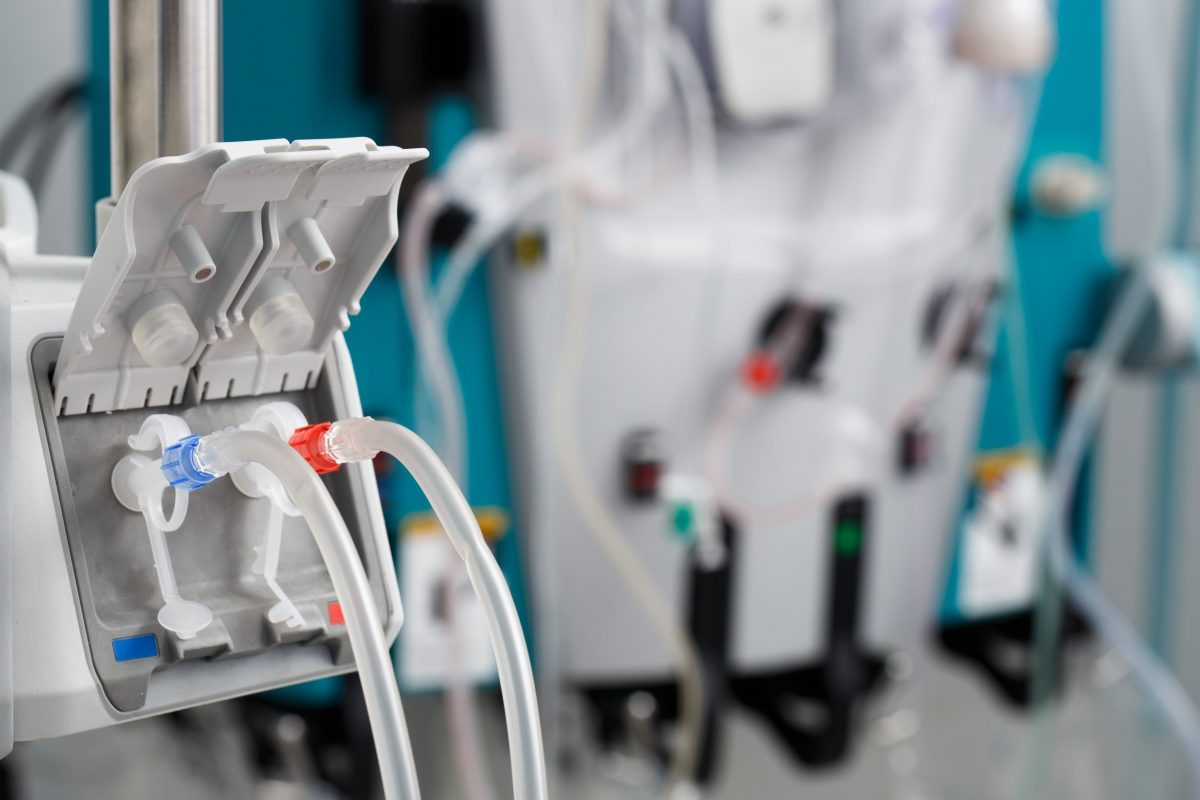In the healthcare industry, healthcare providers and facilities are expected to provide their patients with safe, reliable, and robust care around the clock. Assisted living facilities are no exception. Utility considerations, such as how to operate when critical equipment fails, is an important part of the emergency planning process for these facilities.
Assisted living insurance is designed to help healthcare facilities recover after a critical equipment failure. This insurance covers a wide range of risks, including property and equipment coverage, helping to protect against financial burdens assisted living facilities may face after an emergency where equipment is damaged or lost.
Utility Failures in Assisted Living Facilities
Utilities are those components of the operational infrastructure that assisted living facilities and their patients depend on for reliable care. These utilities may be external, such as utility distribution points or utility sources, or may be internal, comprising a myriad of systems and equipment to deliver care. Internal equipment may include:
- Security and access control systems
- Medical gases delivery
- Communications and data-transfer systems
- Electrical systems, including emergency power
- Plumbing
- Heating, Ventilation, and Cooling (HVAC)
- Fire suppression and emergency notification systems
Failure of any of these systems can result in a loss of adequate patient care, and in worst-case scenarios can lead to patient injury or death. It is imperative that assisted living facilities have adequate response and recovery protocols in place, which includes assisted living insurance plans, to help mitigate the risks associated with utility failures.
Regulations Governing Emergency Power at Healthcare Facilities
In order to stave off dangerous conditions, the U.S. government and professional organizations have developed regulations regarding emergency power restoration. These regulations and standards help to ensure continuous safe care for patients, even in assisted care facilities. The National Fire Protection Association (NFPA), for example, requires emergency power systems to be available for these facilities.
According to NFPA and National Electrical Code requirements, healthcare facilities must be able to restore power within 10 seconds of an outage. Power outages, even for fractions of a second, can have devastating effects, particularly on sensitive life support equipment. Instant emergency power, including redundant Uninterrupted Power Supply (UPS) systems, is a vital piece of the emergency preparedness puzzle.
The U.S. Department of Health and Human Services has also established guidelines for critical care and assisted living facilities, helping to protect the health and safety of patients who rely on utility systems for their care. Technical resources are available to these facilities, allowing them to plan emergency outage procedures effectively.
Assisted Living Insurance
Assisted living insurance plans are designed to protect against liability claims in situations where utility or equipment failures lead to the injury or death of patients. In such claims, the financial assets of facilities are at risk. These plans provide a wide range of coverage options, allowing healthcare facilities to mitigate risks and to ensure uninterrupted care for their patients. While facilities should take the appropriate measures to minimize the risk of an equipment failure, there is unfortunately no way to completely prevent accidents and emergencies from occurring, making insurance a necessary line of defense for your assisted living clients.
About Caitlin Morgan
Caitlin Morgan specializes in insuring assisted living facilities and nursing homes and can assist you in providing insurance and risk management services for this niche market. Give us a call to learn more about our programs at 877.226.1027.


